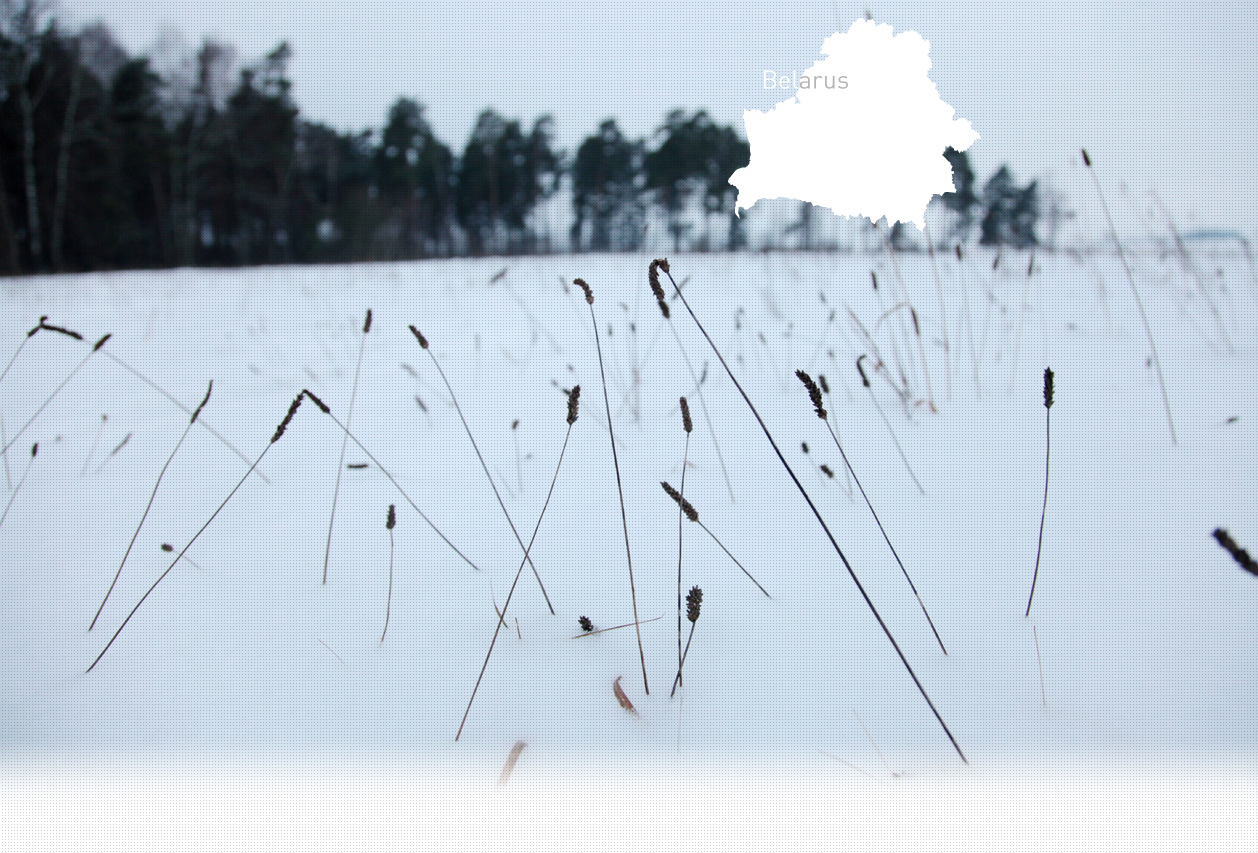

1 Killing site(s)
Maria G., born in 1930: “It was in winter. It was cold. I heard shouting and went up the hill. I saw a column with sleds going towards the small sandy ravine, which was between the city and the small village of Bobry. Children were on the sleds and the adults walked in front of them. The children were 5-6 years old maximum, they were shouting, crying and the guards hit them with their rifle butts. There were local policemen in black uniforms and German soldiers in green uniforms. The adults were pushed into a group in the ravine and shot. Then the children had to come down from the sleds, they were also placed in groups, pushed into the ravine and shot.”(Eyewitness N°865, interviewed in Mozyr, on September 27, 2014)
“On the order of the leader of the gendarmerie of Mozyr and the leader of the SD, in autumn 1941, all inhabitants of Jewish nationality of the city of Mozyr were gathered in a ghetto situated on Romashov Rov Street. According to witnesses, about 1500 Jews from Mozyr and the surrounding area, for the most part women, children and elderly people, were gathered in the ghetto. From January 6-7, 1942, and for a whole week, the Jews in the ghetto were led away in groups of 100 or 200 people towards the site of the shooting daily. They were shot in pits dug in advance, but also in natural ravines.” [Act of The Soviet Extraordinary State Commission drawn up on January 1, 1945, RG-22.002M. 7021-91-20]
During the early hours of the morning of September 10, 1941, the German soldiers and the members of the gendarmerie gathered Jewish men, women and children, forcing them out of their homes and taking them to the building of the executive committee of the town. From there, they were led to a dock on the Pripyat River. On site, they were forced to sit down on the bridge in the water in groups of 5-7. Uniformed soldiers fired a bullet into the nape of their necks, killing all victims and allowing their bodies to be taken away by the current. When a woman with a baby and a toddler approached the bridge, a German took the baby and threw him in the air while another fired at him before he fell into the water. The shooting lasted from 11am to 9pm. During the shooting, 500 Jews were murdered. [Report of German unit, B162-7301, p.81-89]
Mozyr is a city located 130km southwest of Gomel. In 1939, there were 6,307 Jewish people living there (36 % of the total population). The first Jewish community was recorded as living there as early as the 16th century. During the course of the town’s history, the Jews were subjected to several pogroms (1648, 1918-1921). In one such pogrom, on November 10, 1920, 44 Jews were killed, more than 250 women raped, and Jewish property looted. The Jews were mostly storekeepers in the center of the city, but they also ran boating businesses along the Pripyat River. The lumber industry was well developed in Mozyr and its vicinity. In 1925, a Jewish agricultural cooperative, "Krasnyi Pakhar" (The Red Ploughman), was established near the city. Up to 1938, there were two Yiddish elementary schools (a yeshiva, Jewish school and Talmud-Torah school) and eight active synagogues, but everything was closed under the Soviet administration. The city was a regional center before the war and was occupied by German troops on August 22, 1941.
Mozyr became an important German center as it was the seat of a Gebietskommissariat. Upon their arrival, the Germans killed about 150 activists, the majority of whom were Jews.
In the autumn of 1941, a ghetto was established on Romashov Rov Street, later renamed Saeta Street. Jews were mostly packed into small wooden houses and living conditions were very poor. Jews from surrounding villages, such as Prudok, Strygalov, Kopatkevichi, Yelsk, Petrikov, Narovlia and others, were also gathered in the ghetto. According to German records, by January 1941, 1,942 people were interred in the ghetto. According to some sources, there was another ghetto, located on Kimborovskaya Street, which existed for a few weeks and was liquidated in September 1941.
From September 1941 to 1943, several executions of the Jews were carried out.
The first Aktion was conducted on September 27-28, 1941, when 1,000 Jews were killed in the Jewish cemetery, located on Ryzhkova Street today. In the autumn, several hundred Jews were shot or drowned in the Pripyat River.
The third execution was carried out on January 6-7, 1942 during which 1,000 Jews were taken to the quarry, close to the village of Bobry, and killed.
A month later, in February 1942, the fourth Aktion was conducted. During the liquidation of the ghetto more than 1,150 Jews were killed in the ravine, Romashov Rov. During the execution, the victims were forced to undress, climb down into the pit, and lie down facing the ground as someone fired at them with an automatic weapon. After the liquidation of the ghetto, a group of craftsmen remained jailed in the prison and they were shot by the German gendarmerie in the spring of 1942.
After the liberation of the city in January 1944, the Soviet authorities uncovered mass graves at 2 other sites: the Jewish cemetery, where about 18 pits and 1000 corpses ere found, and at the end of Svidovka Street, where 2 pits and more than 600 bodies were found.
An act of sabotage was recorded on August 31, 1941, when about 40 Jews committed suicide by setting fire to their house, 19 Pushkin Street.
Do you have additional information regarding a village that you would like to share with Yahad ?
Please contact us at contact@yahadinunum.org
or by calling Yahad – In Unum at +33 (0) 1 53 20 13 17